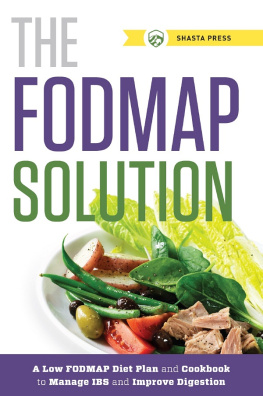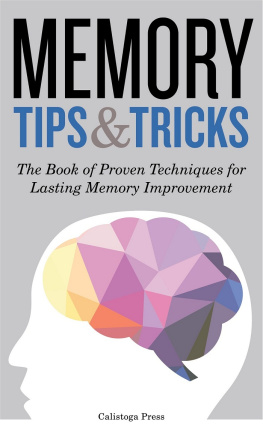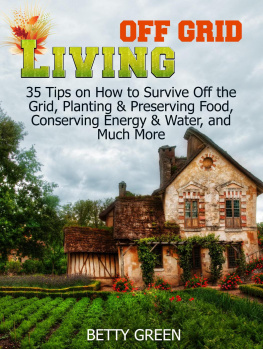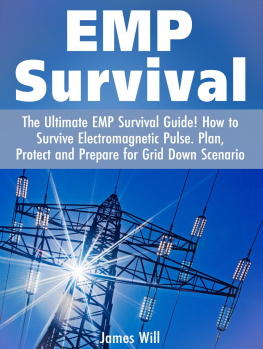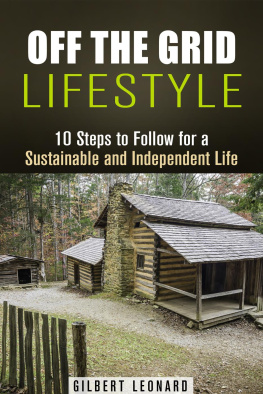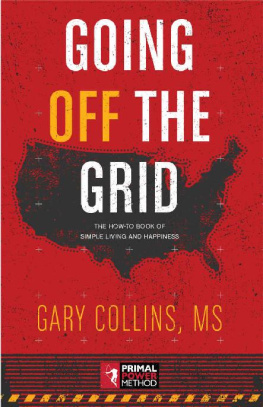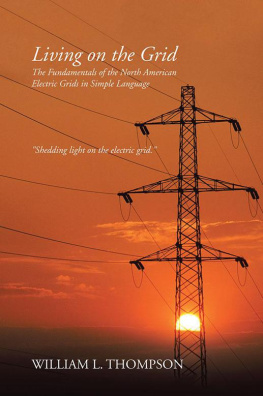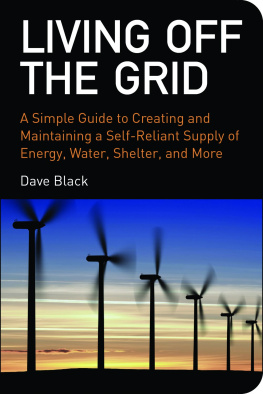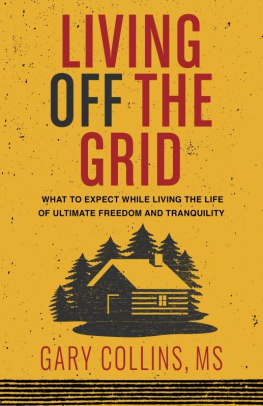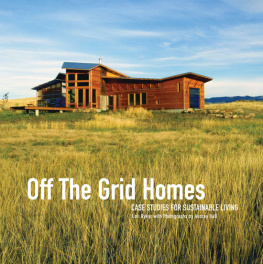Off Grid Living
How to Plan and Execute Living off the Grid
(Shelter, Water, Energy, Heat, and More)
By: Barton Press
Copyright 2020 by Barton Press
ALL RIGHTS RESERVED
No part of this book may be reproduced, stored in a retrieval system, or transmitted in any form or by any means, electronic, mechanical, photocopying, recording, scanning, or otherwise, without the prior written permission of the publisher.
Limit of Liability/Disclaimer of Warranty: the publisher and the author make no representations or warranties with respect to the accuracy or completeness of the contents of this work and specifically disclaim all warranties, including without limitation warranties of fitness for a particular purpose. No warranty may be created or extended by sales or promotional materials. The advice and strategies contained herein may not be suitable for every situation. This work is sold with the understanding that the publisher is not engaged in rendering medical, legal or other professional advice or services. If professional assistance is required, the services of a competent professional person should be sought. Neither the publisher nor the author shall be liable for damages arising herefrom. The fact that an individual, organization or website is referred to in this work as a citation and/or potential source of further information does not mean that the author or the publisher endorses the information the individuals, organization or website may provide or recommendations they/it may make. Further, readers should be aware that websites listed on this work may have changed or disappeared between when this work was written and when it is read.
Introduction
Barry was a Vietnam veteran who had come home after fighting for his country and wanted to get away from it all. After moving back to central Vermont, he and his wife, Martha, found 30 acres of land located in the heart of the Vermont Green Mountains. The land, which was a mixture of forest and rundown pastures, was serviced by a winding dirt road that was a little more than a glorified four-wheeler trail.
Just five years prior, the local power company had offered to build power lines to service the farms located on the mountain. The largest landowner, a small-scale cow farmer, declined, questioning why he needed to be indebted to someone else when he could provide the necessities he and his family needed with his own two hands.
The barn for Martha and Barry came first. It was a necessity, as it would house their chickens and goats. They were to be a primary food source for the first year. The cabin came next, a 1000 square foot 3-bedroom home with a self-composting toilet and a trickle of running water that fed the kitchen sink. There was no blender, no microwave, and no television. They lived with only a battery-powered radio that could pick up three local stations to serve as the nighttime entertainment for them each evening after work and chores.
For the early years, Martha and Barry's off-grid home was functional and nothing more. It was not easy; it took a great deal of commitment. There were times they wondered if they had made the right decision because it was not an easy life. In the end, it was the peace, privacy, and feelings of self-sufficiency that were their reward.
For Martha and Barry, their Green Mountain log cabin started a 30-year story of living off-grid. In that home, they raised six children, built three additions to their home, harvested thousands of board feet of timber, and drank gallons of fresh goat milk.
Their off-grid home represented more than a place to rest their heads - it was a symbol of how they wished to live their lives; to model, for their children, and it served as an example of what self-sustenance was. They hoped to instill these basic tenets of living life to its fullest if their children would like to grow up and continue the tradition.
The idea of living off-grid can sound like a romantic utopia. Frankly, if you are looking for a comfortable life with plenty of idle time, then living off-grid may not be for you. However, for those who are interested in a self-sustained, enriching experience where you are less reliant on others and more independent, providing for yourself and your family, living off-grid is an excellent choice to help lead you to this goal.
What We Know
The basic premise of living off-grid is to construct a residence free of any reliance on a utility company for generating its power. As has been well documented, the mass production of energy has fueled growing concerns regarding the fossil fuels burned to generate such power.
The carbon emissions from these power generators are a major component in the rapidly evolving global climate change crisis that has taken center stage for most countries as they grapple with rising sea levels and increasingly unpredictable and severe weather patterns. In 2020, during the writing of this book, we surpassed the entire alphabet and began using Greek alphabet for names of hurricanes and tropical storms in the Atlantic and Gulf of Mexico.
The Pacific Northwest of the United States is on fire again, and the map overview looks like an inferno as five states burn out of control. This is also a climate issue that can be directly blamed on global warming, which is a result of burning fossil fuels and releasing carbon emissions into our atmosphere.
As further motivation for enacting change to our current way of life, the recent public health crisis brought on by COVID-19, has provided additional incentive as it continues to reveal national infrastructure vulnerabilities.
As deliveries were slowed, most of the United States experienced shortages of food items and dry goods. Toilet paper became a commodity that was hoarded, and would-be profiteers attempted to sell Americans a single roll of toilet paper for as much as $40 on sites like Amazon and eBay. Fines were levied, and arrests were made in some cases, such as when a man was found to have a garage full of hand sanitizer.
Brothers, Matt and Noah Calvin, drove around their local area in Tennessee and hoarded hand sanitizer and other sanitation supplies that people were seeking during the pandemic.
After stockpiling over 17,000 bottles of hand sanitizer in a garage, they began selling bottles of dollar store hand sanitizer for as much as $70 per bottle on the internet. Desperate people were paying the prices out of fear.
Ultimately, the men were shut down and charged with price gouging, but it is a prime example of how the world can be turned on end when you least expect it. Those who were desperate were victims. Many have had their eyes opened very wide during these times of living in an epidemic.
In response to the rising level of concern, individuals and families have begun to look for ways to separate themselves from the chaos. Even more people believe that we could see issues with the national power grids.
These grids have not only placed an increased strain on the earth but also have created a higher risk of widespread power failure. As people turn the air conditioning down in summer and heat up during winter, the power grids are pushed to the point of rolling brown-outs, and total black-outs in some areas.
There is no better example of the volatility of the national power grid than Hurricane Sandy, which caused power outages to 8.1 million homes along the east coast in 2012. Even more recently, in 2016, Hurricane Harvey dumped more than 40 inches of rain on the Houston, Texas area. Thirty-thousand Americans were displaced, and more than 17,000 rescues were necessary after Harvey hit Texas and 336,000 people in Texas were left without power.



